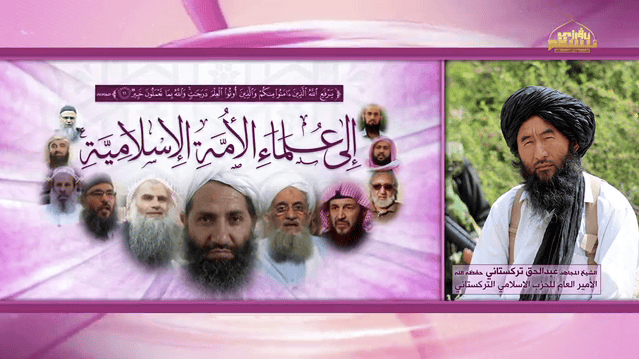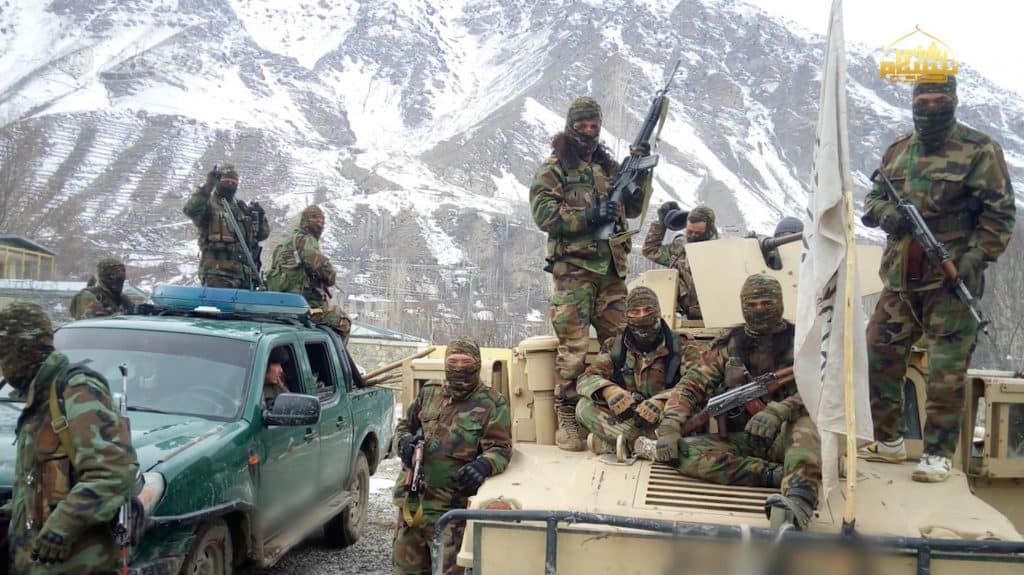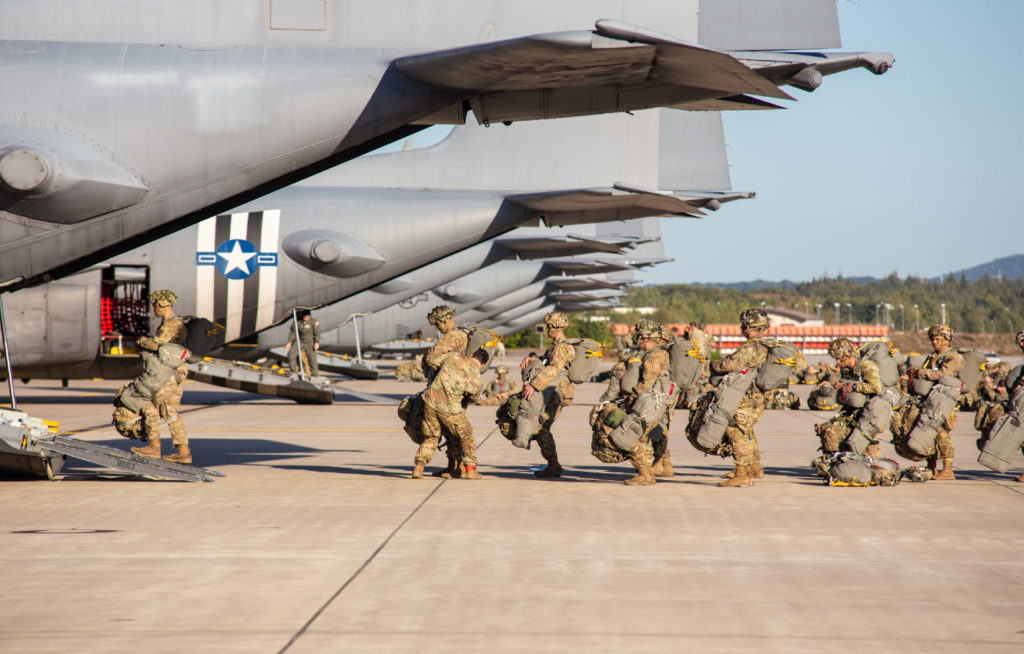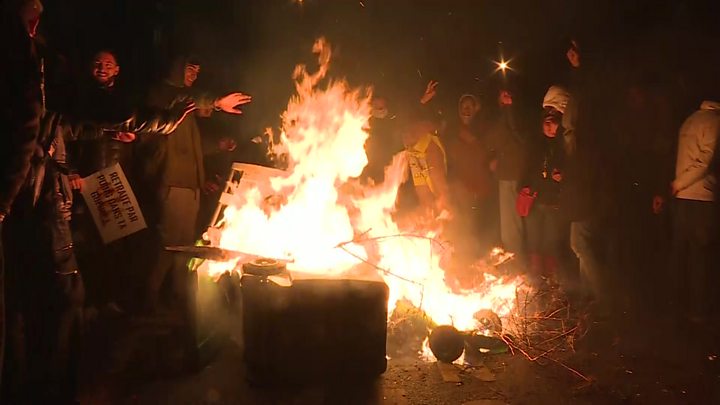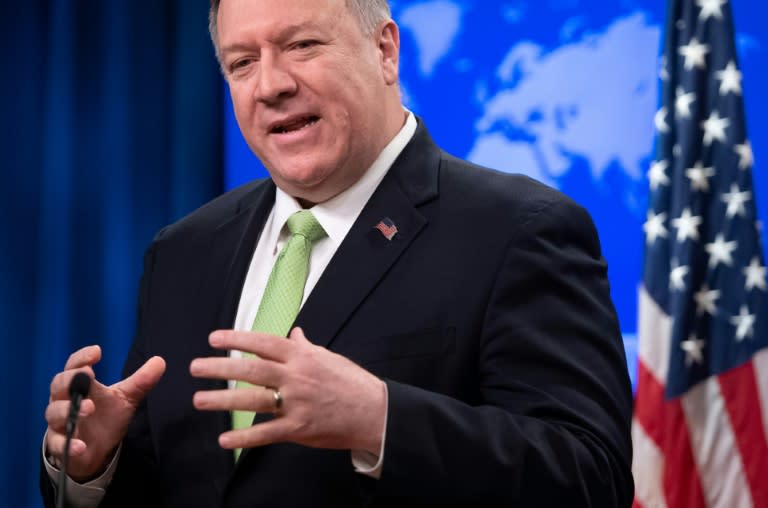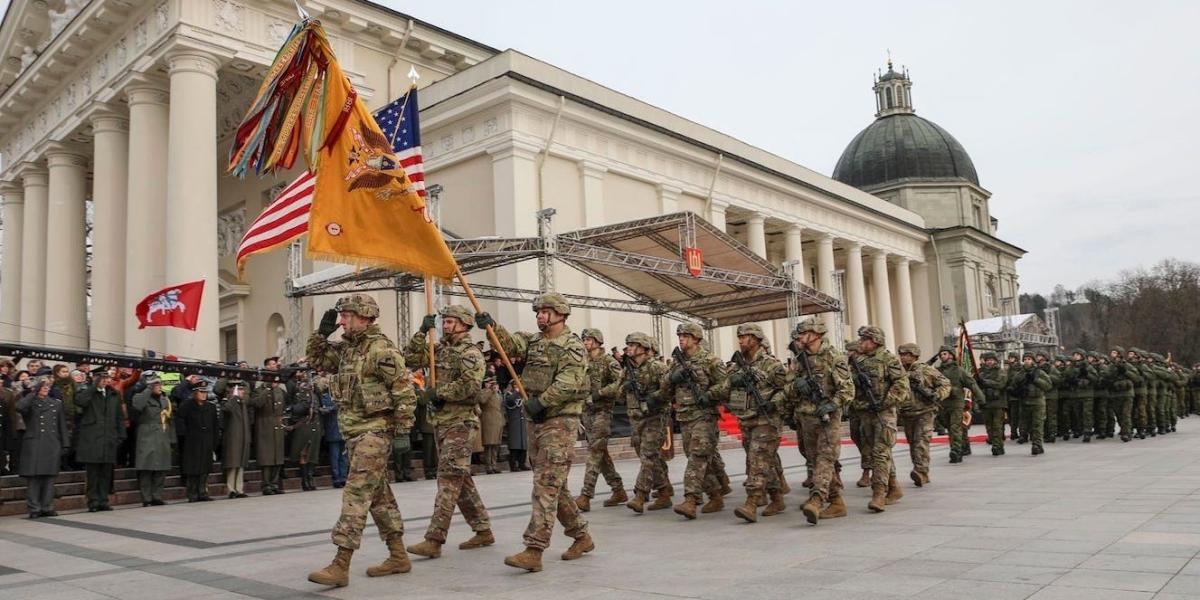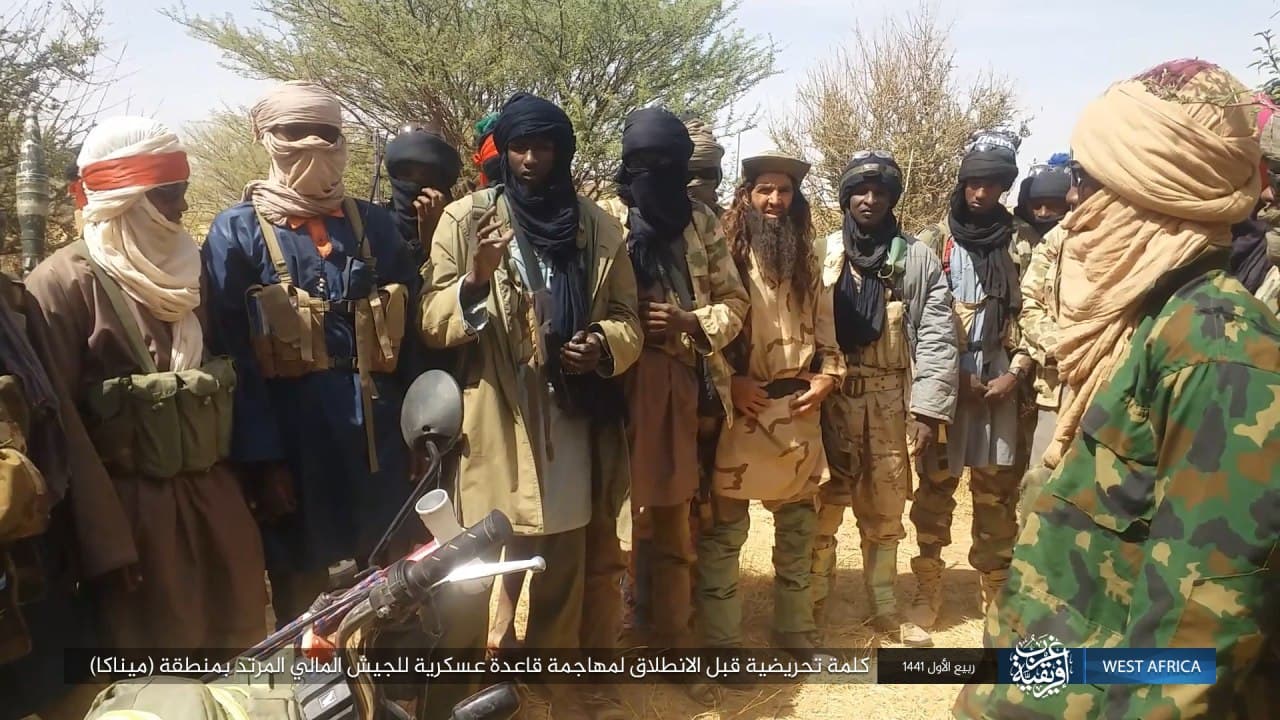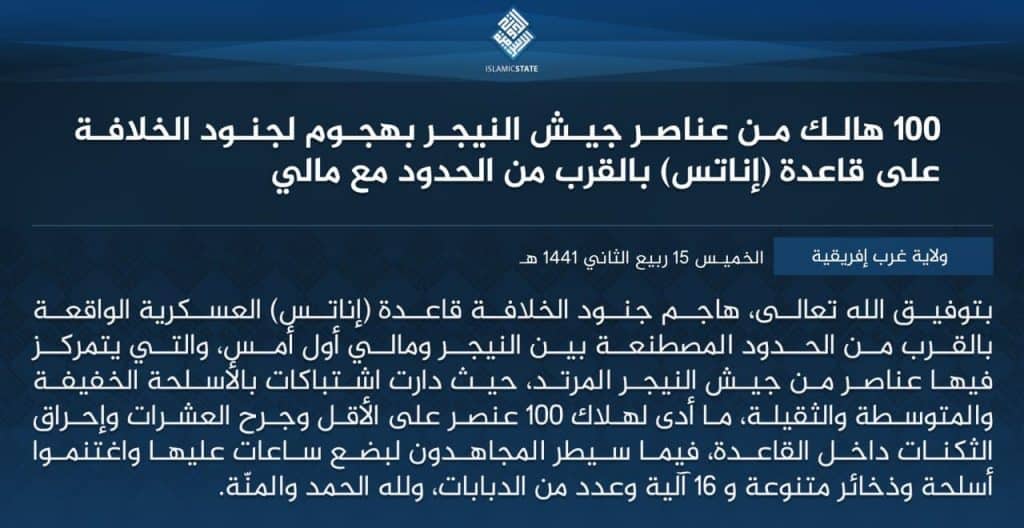For links see article source.....
Posted for fair use.....
Vladimir Putin wishes he had an alliance like NATO. The alliance provides a remarkably resilient framework in which nations and leaders who share common values can pursue collective security interests

www.realcleardefense.com
Six Reasons Why NATO’s London Declaration Matters
By
Ben Hodges &
Bradley Bowman
December 07, 2019
Vladimir Putin wishes he had an alliance like NATO. The alliance provides a remarkably resilient framework in which nations and leaders who share common values can pursue collective security interests yet still engage in contentious arguments and disagreements about important issues, without seriously eroding the cohesion that is NATO’s center of gravity.
Leaders of NATO’s 29 member countries
met this week in London to commemorate the
70th anniversary of the Alliance and to discuss ways to strengthen it. Before departing, they issued a
unanimous declaration that highlights the continued importance of the transatlantic alliance, the progress it has achieved, and the challenges it confronts.
Here are six key excerpts from the London Declaration and why they matter.
1. For What Purpose?
“NATO guarantees the security of our territory and our one billion citizens, our freedom, and the values we share, including democracy, individual liberty, human rights, and the rule of law.”
These are not just nice words; they are a reminder that NATO is fundamentally an Alliance of free nations willing to defend democratic principles against authoritarian adversaries.
Indeed, these words echo the preamble of the
North Atlantic Treaty signed in Washington, D.C., on April 4, 1949. With memories of World War II's totalitarian aggressors and bloody battlefields fresh in their minds, NATO's original members asserted that the Alliance was "founded on the principles of democracy, individual liberty and the rule of law."
As democracies today confront an authoritarian resurgence from China and Russia, it is worth remembering that NATO is not a
realpolitik alliance bent on the acquisition of power or territory; it is a defensive alliance of democracies that invites its neighbors to join. There is a reason that so many former members of the Soviet Union and the Warsaw Pact sought NATO membership at the earliest opportunity.
2. By What Means?
“We reaffirm…and our solemn commitment as enshrined in Article 5 of the Washington Treaty that an attack against one Ally shall be considered an attack against us all.”
The heart of NATO is its
Article 5 collective defense commitment that an armed attack against any member “shall be considered an attack against them all.”
NATO has invoked Article 5 only once in 70 years—after the 9/11 terror attacks on the United States. Indeed, more than 1000 troops from our NATO allies have
given their lives fighting beside Americans in Afghanistan.
For seven decades, NATO has deterred Russian military aggression against member states. It has accomplished this remarkable feat by maintaining sufficient military capability and political credibility to convince Russian leaders that the costs associated with an attack on NATO would outweigh any potential benefits.
Due to Article 5, Moscow understood that an invasion of the smallest NATO member was akin to attacking the United States and all other NATO powers. That realization deterred an attack in the first place—earning NATO the title as the most successful alliance in history.
For these reasons, in both word and deed, NATO leaders and countries must focus single-mindedly on increasing the military capability and political credibility that has made Article 5 so effective in deterring aggression.
3. American Abandonment?
"We reaffirm the enduring transatlantic bond between Europe and North America…and our solemn commitment as enshrined in Article 5 of the Washington Treaty."
Some worry whether the United States remains committed to European security, yet the facts demonstrate that the American commitment to NATO runs much deeper than the latest headline about
allied squabbling.
The U.S. government (i.e., the Trump administration) formally endorsed the London Declaration in whole, including the quote above. European skeptics of the U.S. commitment to NATO should not dismiss this fact lightly.
Plus, support for NATO in the U.S. is deep and bipartisan.
Last year, senators
voted 97-2 to affirm their support for NATO and Article 5. In January, the House
voted 357-22 to prohibit a withdrawal from the Alliance.
These politicians would not have voted overwhelmingly for NATO if they believed a majority of their constituents felt differently.
The recently released 2019
Reagan National Defense Survey provides confirmation of popular support for NATO. It found that 62% of Americans expressed a favorable view of NATO, with only 22% expressing an unfavorable one.
The number of U.S. troops in Europe represents an even more tangible demonstration of American support for NATO. There are currently
64,000 U.S. troops in Europe, more than any time since
2015. In Germany alone, there are
35,000 American troops.
Next year, the U.S. and several NATO member countries will conduct the
Defender-Europe 20 exercise, which will include the largest deployment of U.S.-based forces to Europe for an exercise in the last 25 years.
These are hardly the actions of a country abandoning NATO.
4. Positive but Insufficient Progress on Defense Spending
“Through our Defence Investment Pledge, we are increasing our defence investment in line with its 2% and 20% guidelines, investing in new capabilities, and contributing more forces to missions and operations.”
NATO member defense spending has clearly
improved in recent years. As the
declaration notes, “Non-US defence expenditure has grown for five consecutive years; over 130 billion US dollars more is being invested in defence.”
From 2017 to 2019, 5 additional NATO allies
met the 2% threshold for national defense spending. Nonetheless, a majority of NATO members have
still have not met the threshold. Clearly, there is more work to do.
However, it is important to not let the transatlantic dialogue regarding the defense spending to devolve into a toxic yelling match that damages alliance unity and feeds ill-informed populist sentiment on both sides of the Atlantic.
The most important question is whether individual NATO member countries and NATO as a whole have the military capability, capacity, and readiness necessary to secure their citizens, protect their interests, and deter aggression.
5. Unfinished Business
“We must and will do more.”
While NATO has achieved significant progress in recent years, it has plenty of unfinished business that requires attention. This list includes, for example, a strategy for the Black Sea region, strengthened military capability on NATO’s eastern flank, integrated air and missile defense, and reinforcement of important existing missions.
First, NATO should develop a comprehensive strategy for the greater Black Sea region, which is important to Russia, the Middle East, the Caucasus, and Europe. This would improve the coherence of NATO’s deterrence efforts, provide a bulwark against Iran, and deter Russian aggression in the region. One should not expect action on a Black Sea strategy alone to transform Turkish President Recep Tayyip Erdogan’s often troubling disposition toward the Alliance. However, it could begin to address perceptions in Ankara among security professionals that the Alliance does not respect or appreciate Turkey’s challenges and threats to its security.
More broadly, NATO must build coherence along NATO’s entire eastern flank, from the Baltic Sea to the Black Sea. Having “enhanced Forward Presence” in the Baltic region while having a less-effective “tailored Forward Presence” in the Black Sea region creates gaps in capability that the Kremlin has exploited already and will continue to do so if left unchecked. Improving coherence will strengthen efforts in several areas, including military mobility, cyber defense, intelligence-sharing, and interoperability. It could also facilitate innovative ways to improve the naval capabilities of allies and partners that lack the resources to build and modernize larger traditional vessels, or to develop integrated air and missile defense.
NATO must focus on integrated air and missile defense to protect European citizens and critical infrastructure while addressing increasing
Russian and
Iranian ballistic and cruise missile threats. While NATO members may disagree on the path forward regarding the Iranian nuclear program, there should be no disagreement on the need to defend against Tehran's increasingly capable missile arsenal, which represents a growing threat to Europe. That means modernizing systems, so they are interoperable and fully integrated across the Alliance. But the first step must be a theater-wide air and missile defense exercise that will test the sensors and mission command capabilities, identify the inevitable gaps, and lead to solutions.
Another item of unfinished business is the ongoing
NATO Mission in Kosovo (KFOR). NATO should take every opportunity to affirm the continuation of this critical mission, the principal anchor of stability in the Western Balkans. With
less than 4,000 troops, KFOR is helping to maintain peace in a traditionally very troubled part of Europe.
Finally, consistent with NATO policy and the principles it defends, the alliance needs to develop a membership action plan for Georgian membership in NATO.
6. The Elephant—or Dragon—in the Room
NATO is “committed to ensuring the security of our communications, including 5G, recognizing the need to rely on secure and resilient systems...”
One of the most important discussions right now among NATO leaders is how to deal with China.
On a positive note, the London Declaration included a formal recognition that China represents a challenge the Alliance must confront.
Encouragingly, the declaration observed, “We recognize that China’s growing influence and international policies present both opportunities and challenges that we need to address together as an Alliance.”
One of these challenges includes how to deal with the giant telecommunications firm Huawei. Too many on both sides of the Atlantic entertain the
fiction that there are such things as private Chinese companies.
Rather, every Chinese company is either already
under the direct control of the Chinese Communist Party or would be after one call from Beijing.
Consistent with Beijing’s policy of “
military-civil fusion”, the Chinese Communist Party and People’s Liberation Army will almost certainly have access to any data that transits Huawei’s networks, for example.
For that reason, if countries like Germany move forward with plans to let Huawei provide parts of their 5G networks, the U.S. will likely be forced to
downgrade intelligence cooperation with Berlin. That would be tragic, making both Americans and Germans less safe.
A leading task for NATO must be the development of a unified policy toward China. Understanding how Beijing views the ongoing conflict and the means it is employing represents an essential first step.
Conclusion
Much of the reporting on the meeting in London focused on personal squabbles between three of the 29 leaders attending.
Unfortunately, such focus risks missing some of the significant positive developments in London.
These include, for example, a clear reaffirmation of the Alliance's democratic values and commitment to Article 5 collective defense, pledge to continue increases in spending and investment, new initiatives in Space and Cyber, as well as formal initial recognition of the threat that China represents an affirmation of continued efforts to fight against terrorism.
While NATO is not perfect, everything that it stands for is.
No wonder Putin dislikes NATO so much.
LTG Ben Hodges USA (ret.) served as the Commander of U.S. Army Europe from 2014-2017 and holds the Pershing Chair in Strategic Studies at the Center for European Policy Analysis.
Bradley Bowman is the Senior Director of the Center on Military and Political Power at the Foundation for Defense of Democracies. He served as a National Security Advisor in the U.S. Senate to members of the Senate Armed Services and Foreign Relations Committees, as well as an Assistant Professor at West Point.

